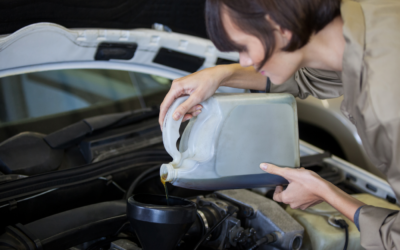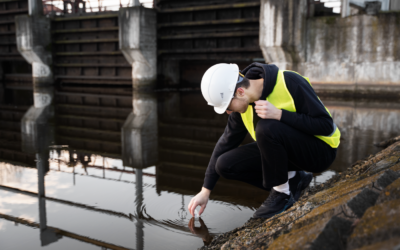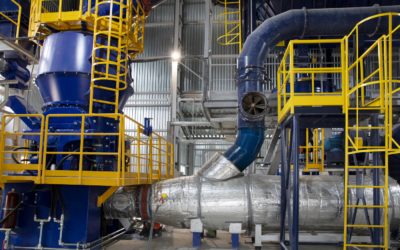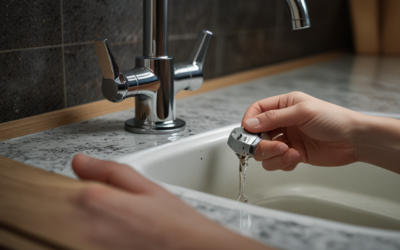As one of the most popular and eco-friendly ways to provide heating and cooling for homes, geothermal heating and cooling systems are gaining popularity across the country. However, given the initial cost of installation, many homeowners are hesitant to make the switch to a geothermal system. Fortunately, if you’re looking to upgrade your home’s HVAC system to a geothermal system, you may be able to take advantage of an alternative energy tax credit called the Investment Tax Credit (ITC). Here’s what you need to know about this tax credit and how it can help you save on the cost of installing a geothermal heating and cooling system in your home.
What is the Investment Tax Credit (ITC)?
The Investment Tax Credit is a federal tax credit that allows taxpayers to deduct a percentage of the cost of purchasing and installing eligible renewable energy systems in their homes or businesses. The ITC was first established in 2006 and has been expanded several times since then. Currently, the ITC is set at 26 percent for residential construction started before January 1, 2023, and will phase out over the next few years unless Congress extends the credit.

Geothermal Energy Systems and the ITC
Geothermal energy systems are eligible for the Investment Tax Credit. If you install or upgrade your home’s HVAC system to a geothermal system, you can take advantage of the ITC to reduce the cost of installation. This tax credit can reimburse you up to 26 percent of the total cost of installing a geothermal heating and cooling system. Note that this tax credit can only be used for the installation of your system. If your old system requires significant renovations or repairs before the installation of the geothermal system can begin, these costs will not qualify for the tax credit.
How to Qualify for the ITC
To qualify for the Investment Tax Credit, the geothermal system must meet certain requirements. First, the system must be eligible for the Renewable Energy Investment Tax Credit. This means that it must use solar, wind, or geothermal sources for generating energy. Second, the system must satisfy the Section 48 requirement for a “Qualified Fuel Cell Property,” and third, it must be installed after December 31, 2008, and before December 31, 2022.

When it comes to the installation itself, the geothermal heating and cooling system must meet certain requirements as well. The system must be installed by a qualified contractor who has experience installing geothermal systems. The contractor must be able to provide you with documentation that proves the system meets the necessary requirements for the ITC. Typically, this documentation will include a certification statement signed by the contractor, which serves as proof of the system’s eligibility for the tax credit.
Benefits of Geothermal Heating and Cooling Systems
Geothermal heating and cooling systems have several benefits besides the cost savings of taking advantage of the ITC. These systems use the natural temperature of the earth to heat and cool homes, rather than relying on fossil fuels. This means that you can reduce your carbon footprint and increase your home’s energy efficiency.
Another benefit of geothermal systems is that they can last between 25 and 50 years, making them an excellent long-term investment in your home. Additionally, geothermal systems are quiet and emit no harmful pollutants or emissions, making them a healthier and more sustainable option for heating and cooling your home.
Conclusion
If you’re considering upgrading your home’s heating and cooling system, a geothermal system may be worth the investment. Not only can a geothermal system help reduce your carbon footprint and increase your home’s energy efficiency, but you can also take advantage of the Investment Tax Credit to help offset the cost of installation. Investing in a geothermal system is an investment in your home’s future and in the future of the planet, so why not consider this great alternative energy source for your home? If you’re interested in learning more about geothermal heating and cooling systems, we encourage you to visit “aceplumbingrepair.com” or give their plumbing experts a call at this phone number “(844) 711-1590“.






